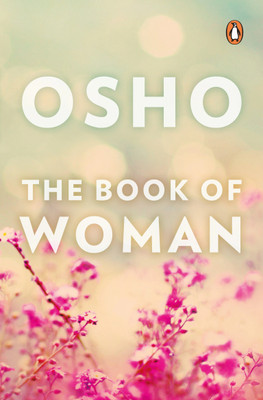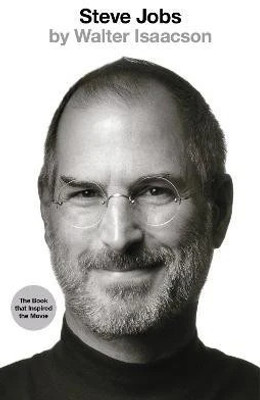
Get notified when this item comes back in stock.
The Battle for Rama - Case of the Temple at Ayodhya (English, Hardcover, Meenakshi Jain)
Share
The Battle for Rama - Case of the Temple at Ayodhya (English, Hardcover, Meenakshi Jain)
5
11 Ratings & 1 Reviews₹595
Sold Out
This item is currently out of stock
Highlights
- Language: English
- Binding: Hardcover
- Publisher: Aryan Books International
- Genre: Archaeology
- ISBN: 9788173055799, 8173055793
- Edition: 1, 2017
- Pages: 160
Seller
BOOKCENTRE
4.2

Seller changed. Check for any changes in pricing and related information.
- 7 Days Replacement Policy?
See other sellers
Description
For over two decades, a handful of Left historians have strenuously endeavoured to stymie the Ramjanmabhumi movement. From questioning the antiquity of Rama worship and the identity of ancient Ayodhya, they have also challenged the widely held belief that Babri Masjid was built on the site of the Janmabhumi temple. Scholars have, however, traced the antiquity of the Rama Katha as far back as sixth-fifth century bce, when ancient ballads (akhyanas) transmitted Rama?s story orally. Valmiki?s Ramayana itself has been dated to the fourth-third century bce. Over the centuries, Rama?s story has been re-told in many vernaculars of the country. Rama is the exemplar of moral values for Hindu society and epitomises its aspirations of artha, kama, and above all, dharma. The proceedings of the Allahabad High Court have exposed the vulnerabilities of Left historians. They could proffer no evidence of continued Muslim presence at Babri Masjid, while the unwavering commitment of Hindu devotees to the site has been attested by several sources. The assertions of Left historians on Babri Masjid have all been found to be erroneous; yet there has been no public retraction. Indeed, they continue to peddle their discredited theories despite the mounting evidence against them.
Read More
Specifications
Book Details
| Publication Year |
|
Contributors
| Author Info |
|
Dimensions
| Width |
|
| Height |
|
| Depth |
|
| Weight |
|
Ratings & Reviews
5
★
11 Ratings &
1 Reviews
- 5★
- 4★
- 3★
- 2★
- 1★
- 11
- 0
- 0
- 0
- 0
5
Just wow!
It's a must read book for all the Bhartiya people... pure scholarly work in easy to understand language by Meenakshi Jain ji..
READ MOREFlipkart Customer
Certified Buyer, Mumbai
Sep, 2020
0
0
Report Abuse
Be the first to ask about this product
Safe and Secure Payments.Easy returns.100% Authentic products.
Back to top




